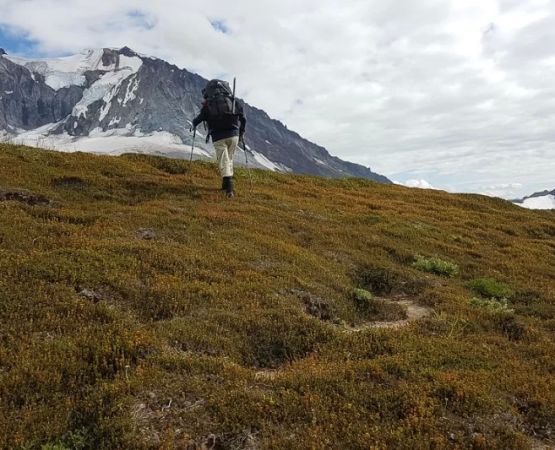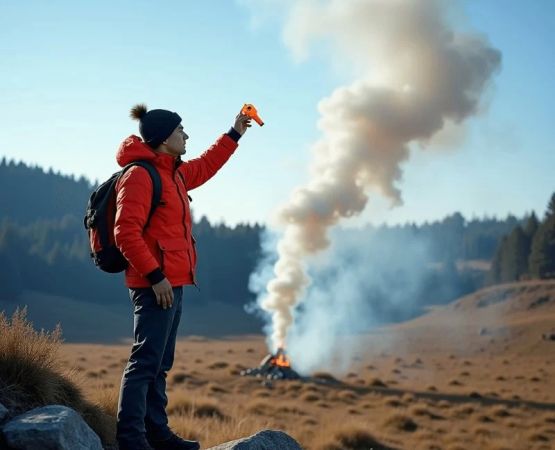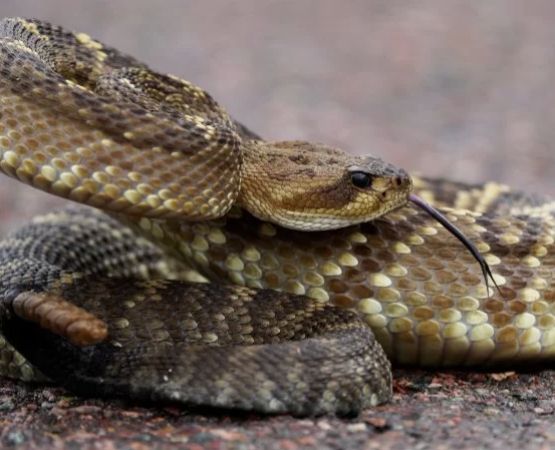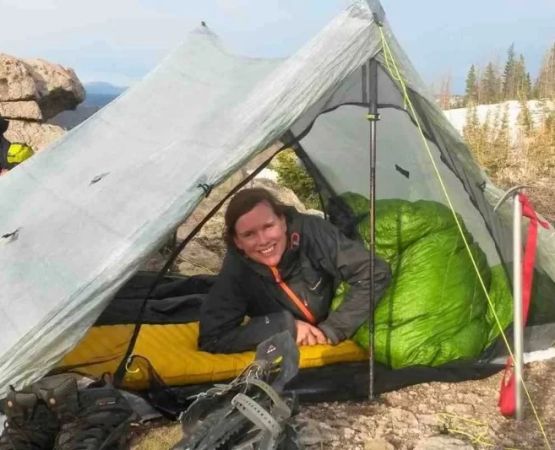- why-nature-walks-and-birdwatching-are-perfect-for-campers
- popular-campsites-that-offer-scenic-trails-and-birding-opportunities
- essential-gear-for-birdwatching-during-camping-trips
- real-camper-stories-of-unexpected-birding-encounters
- planning-your-day-hike-for-optimal-birdwatching
- how-pine-cliff-resort-enhances-your-birding-and-nature-experience
1. Why Nature Walks and Birdwatching Are Perfect for Campers
There’s a reason why nature walks and birdwatching near popular campsites have become beloved pastimes for outdoor enthusiasts. These two activities combine physical movement, mindful observation, and immersive nature exposure—perfect complements to the camping lifestyle. Whether you’re rising with the sun for a quiet solo hike or sharing binoculars with a curious child, birdwatching adds depth to a campsite experience.
Aside from the physical and mental benefits, birding encourages a different kind of presence. When you’re listening for a distant woodpecker or catching a glimpse of a warbler in migration, you become part of the ecosystem instead of just passing through it. That’s why more campers now plan their trips around access to good birding trails and interpretive walking paths.
2. Popular Campsites That Offer Scenic Trails and Birding Opportunities
Many of the best U.S. campgrounds are located near or within bird-rich environments. For example, Acadia National Park’s Blackwoods Campground offers access to trails where you might spot the peregrine falcon or black-throated green warbler. In California, Big Sur’s Pfeiffer Campground delivers coastal walks teeming with raptors, while Florida’s Everglades sites provide glimpses of roseate spoonbills and herons right from your tent flap.
Closer to home, smaller regional sites like the ones near Pine Cliff Resort provide equally stunning access to wetland habitats, forest trails, and open meadows—prime ecosystems for birdwatching. These spots often offer guided nature walks or posted trail markers with bird identification info, making them ideal for families and beginners. The combination of walkable terrain and biodiversity is what makes these campsites such consistent favorites among naturalists.
3. Essential Gear for Birdwatching During Camping Trips
Preparing for nature walks and birdwatching near popular campsites means bringing more than just a tent and hiking boots. If birding is your goal, pack the following:
- Binoculars: Opt for 8x42s for a balance between zoom and brightness in forested areas.
- Field Guide: A regional bird book or mobile app like Merlin helps you identify species on the go.
- Notebook or Journal: Recording observations enhances your memory and helps you track migration trends.
- Neutral Clothing: Earth tones help you blend in without startling nearby birds.
- Small Daypack: Keep essentials light but accessible—snacks, water, guidebook, and gear.
At Pine Cliff Resort, many campers also carry folding camp stools and lightweight tripod mounts for extended morning viewings from open glades or lake edges.
4. Real Camper Stories of Unexpected Birding Encounters
Birdwatching is full of surprises, especially when your "backyard" changes with every campsite. One guest at Pine Cliff Resort, a first-time camper named Teresa, came for a weekend of fishing and left with a fascination for pileated woodpeckers after spotting three of them hammering a rotting oak near the trail. Another family recalled being “swooped” by a curious red-shouldered hawk while hiking before breakfast.
These unplanned encounters often spark a lifelong interest in birding. It’s not unusual to hear a child excitedly calling out the name of a species they only learned that morning, or campers sharing sightings around the fire at night. That spontaneous magic is part of why so many are drawn to birdwatching in the wild—it’s a hobby rooted in patience, but rich with reward.
5. Planning Your Day Hike for Optimal Birdwatching
Timing and location can dramatically increase your chances of good bird sightings. Birds are most active during the early morning (dawn) and late afternoon. Plan your hike to coincide with these “golden hours” and choose trails that pass through varied habitats—woodland edges, wetlands, and open fields all attract different species.
Bring a printed trail map or mark GPS locations where birds gather. Keep movements slow and deliberate. Often, simply sitting quietly can draw more birds into view than actively trekking. Avoid loud conversation or music and scan the canopy as much as the ground. For new birders, joining a guided nature walk—many of which are offered at resorts like Pine Cliff Resort—is a great way to learn spotting techniques and local species names.
6. How Pine Cliff Resort Enhances Your Birding and Nature Experience
Pine Cliff Resort is more than just a place to sleep under the stars—it’s a hub for nature immersion. Nestled near forest and lake habitats, the resort features well-marked trails, bird blinds, and access to ranger-led programs during peak migration seasons. The resort also provides resources like seasonal birding checklists and optional sunrise walk schedules.
Whether you're a solo traveler chasing elusive songbirds or a parent hoping to inspire kids with their first hummingbird sighting, the resort’s quiet trails and biodiversity-rich surroundings make it a perfect base for your outdoor adventures. Book a stay with Pine Cliff Resort and transform your next camping trip into an unforgettable journey through the world of birds and natural beauty.






